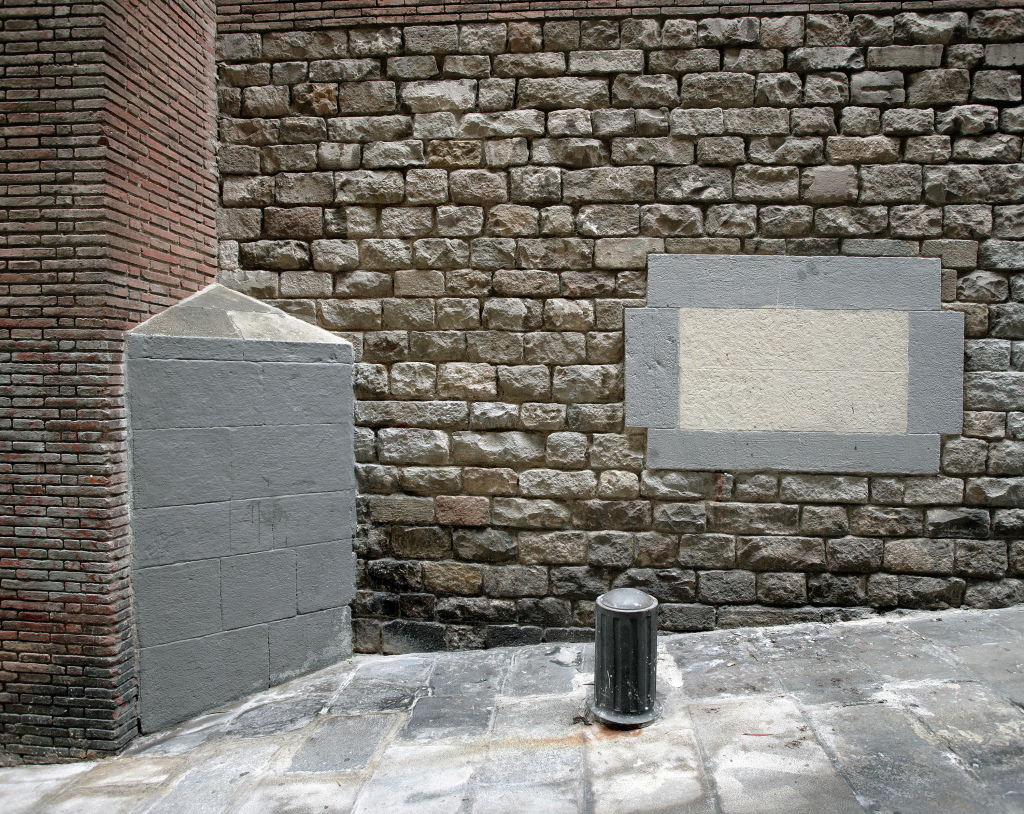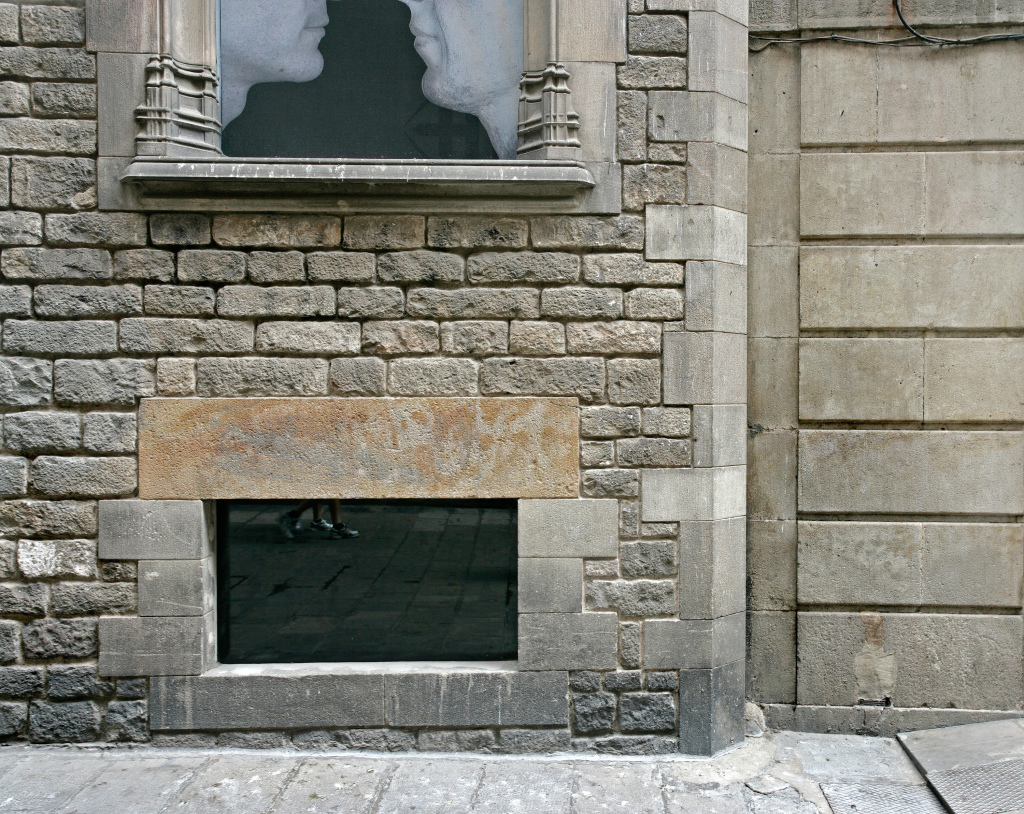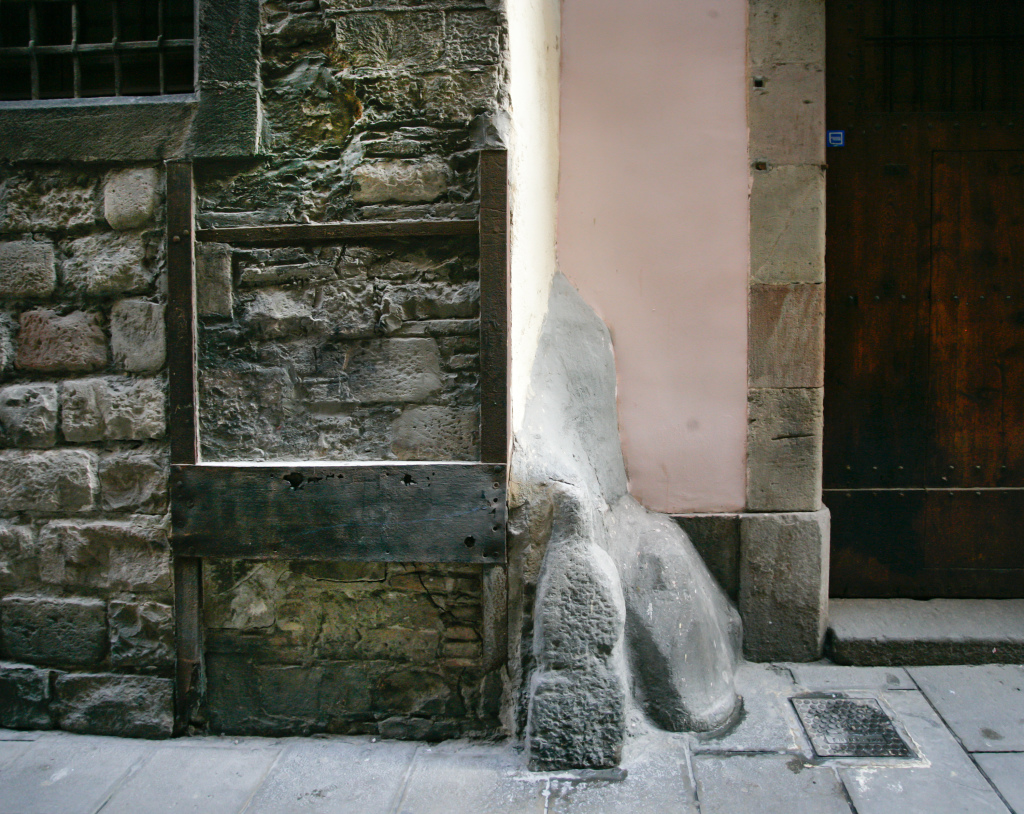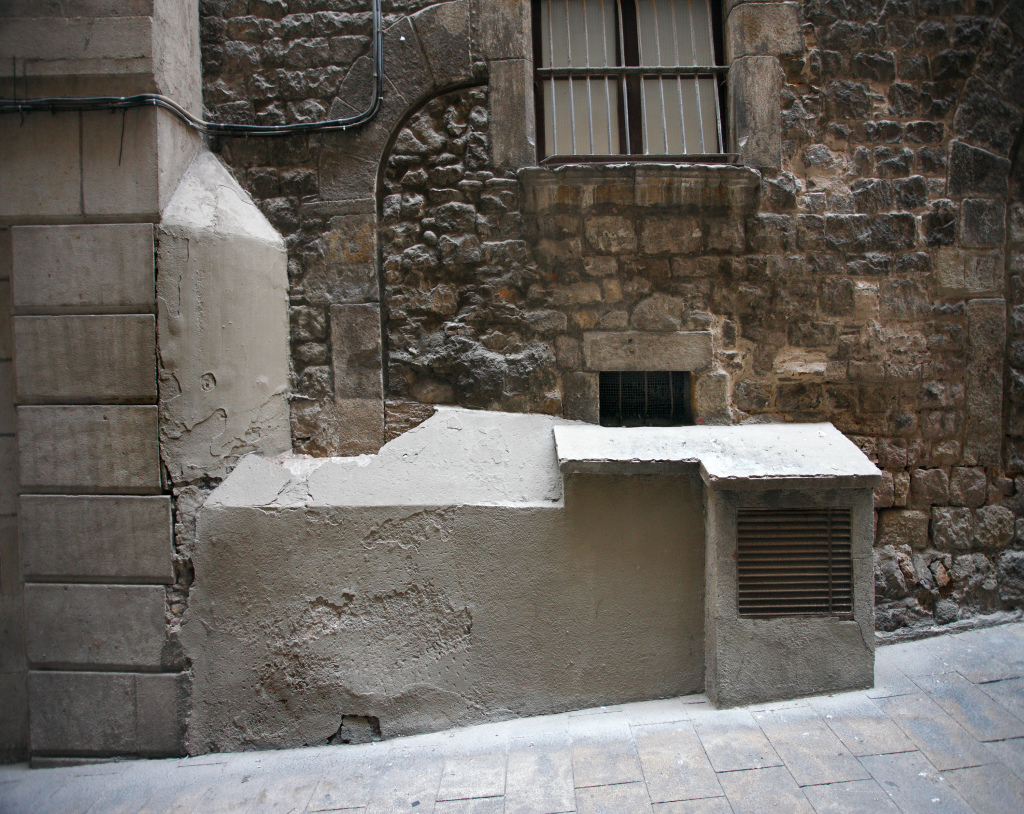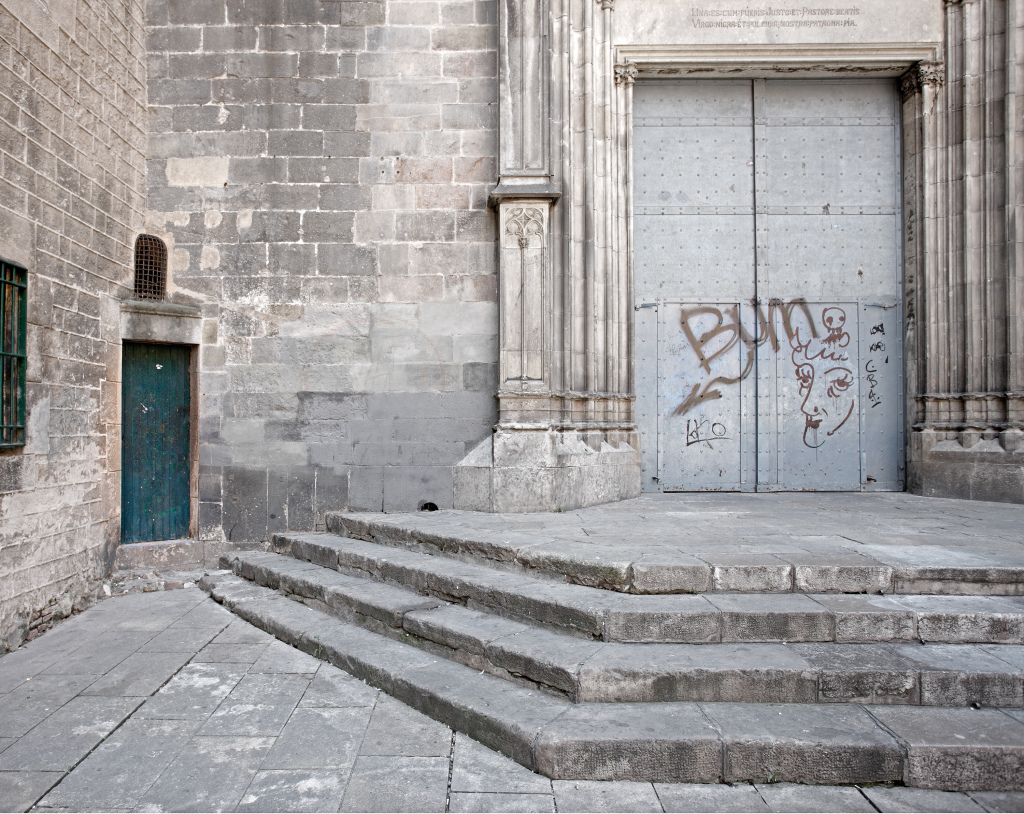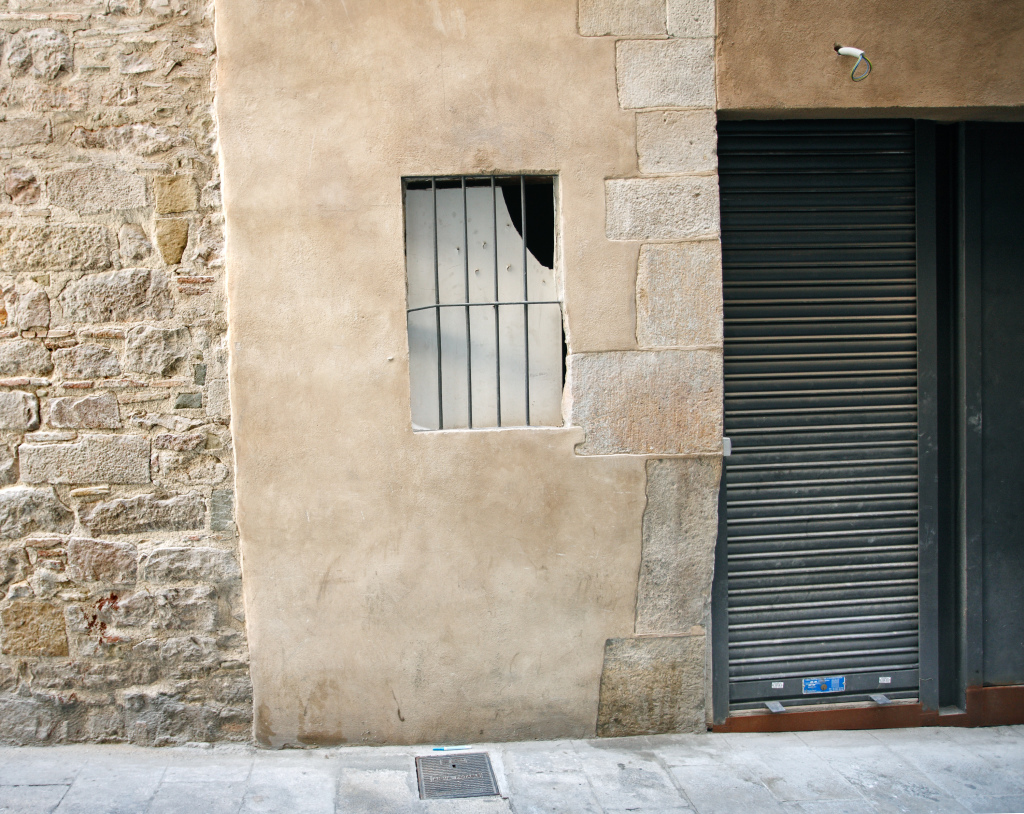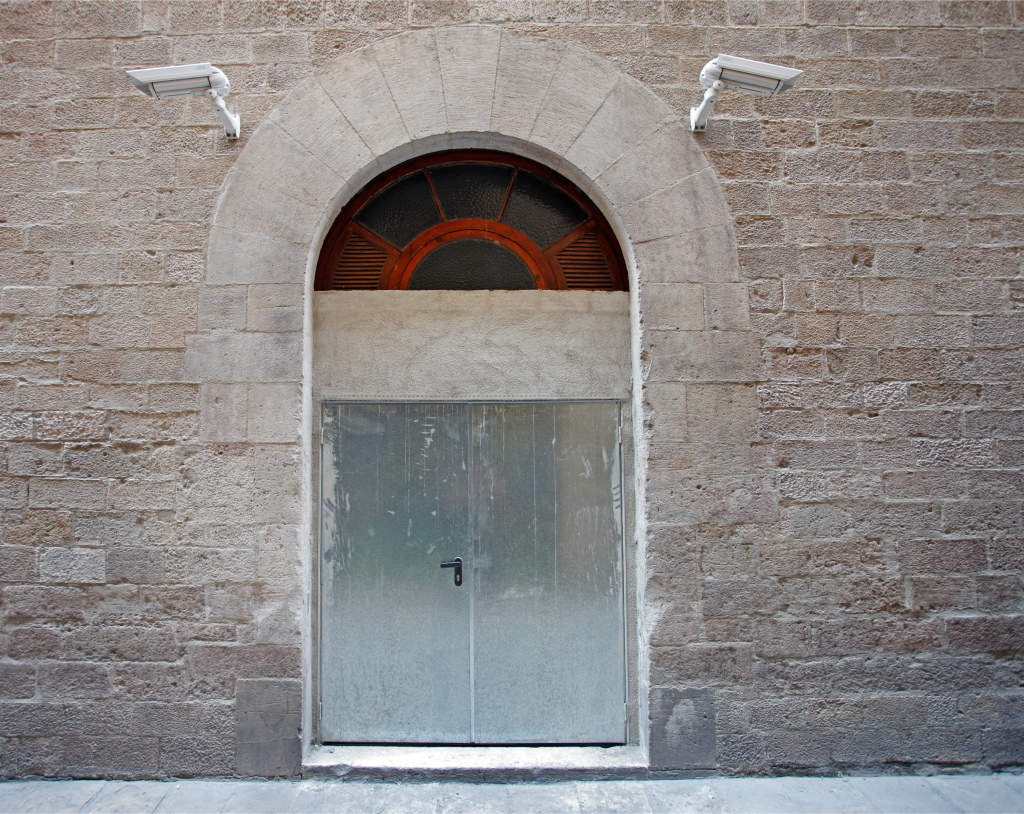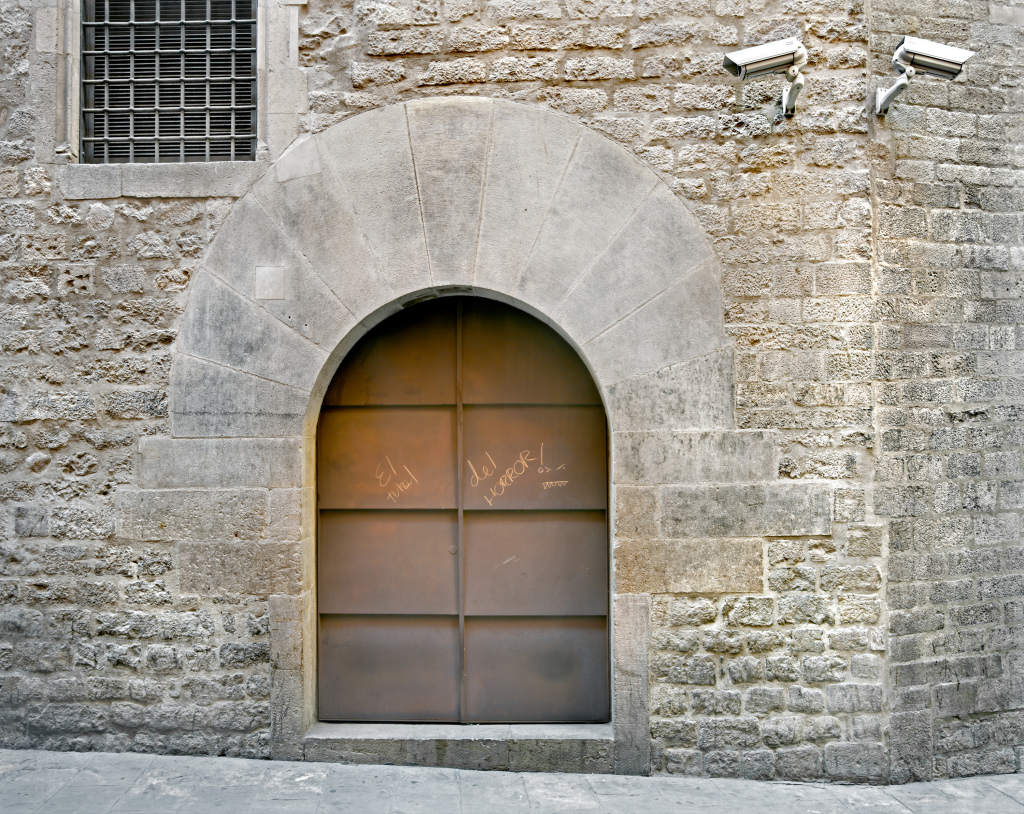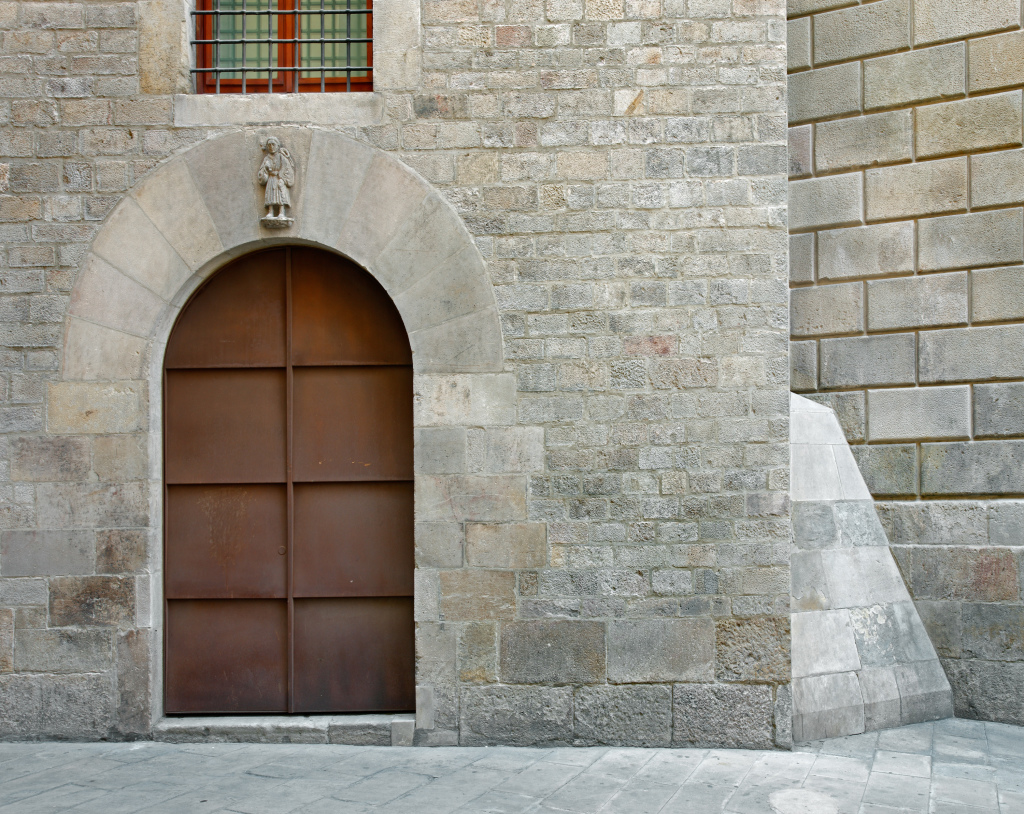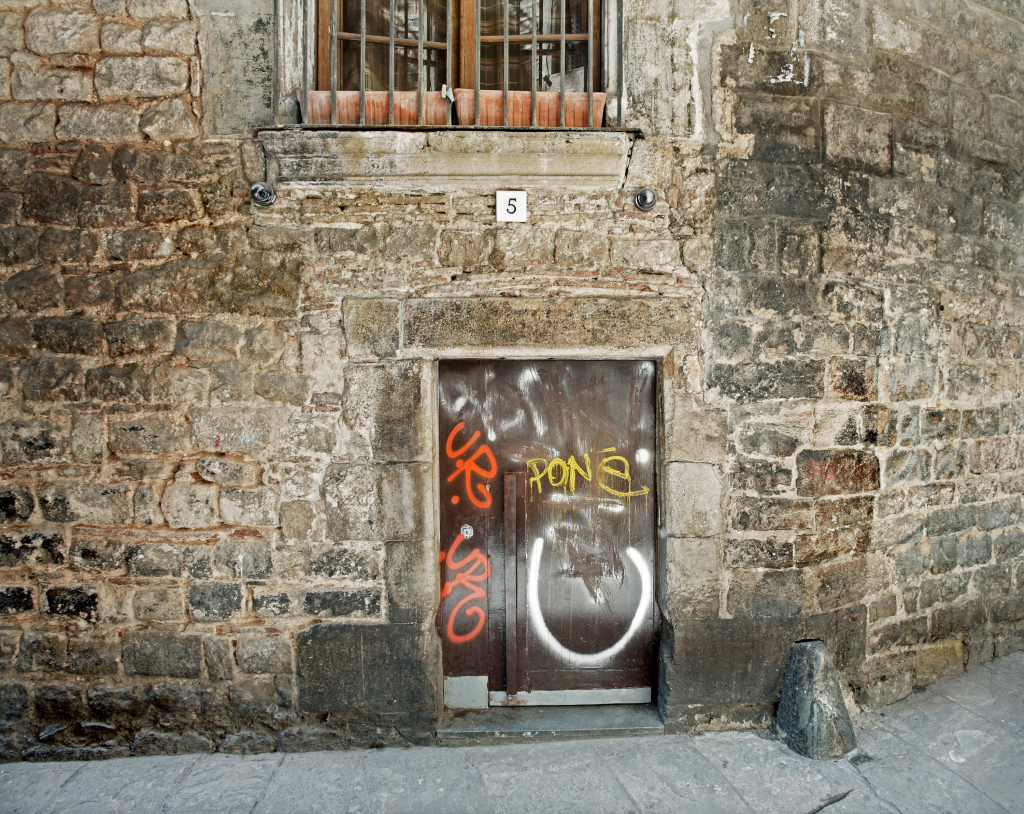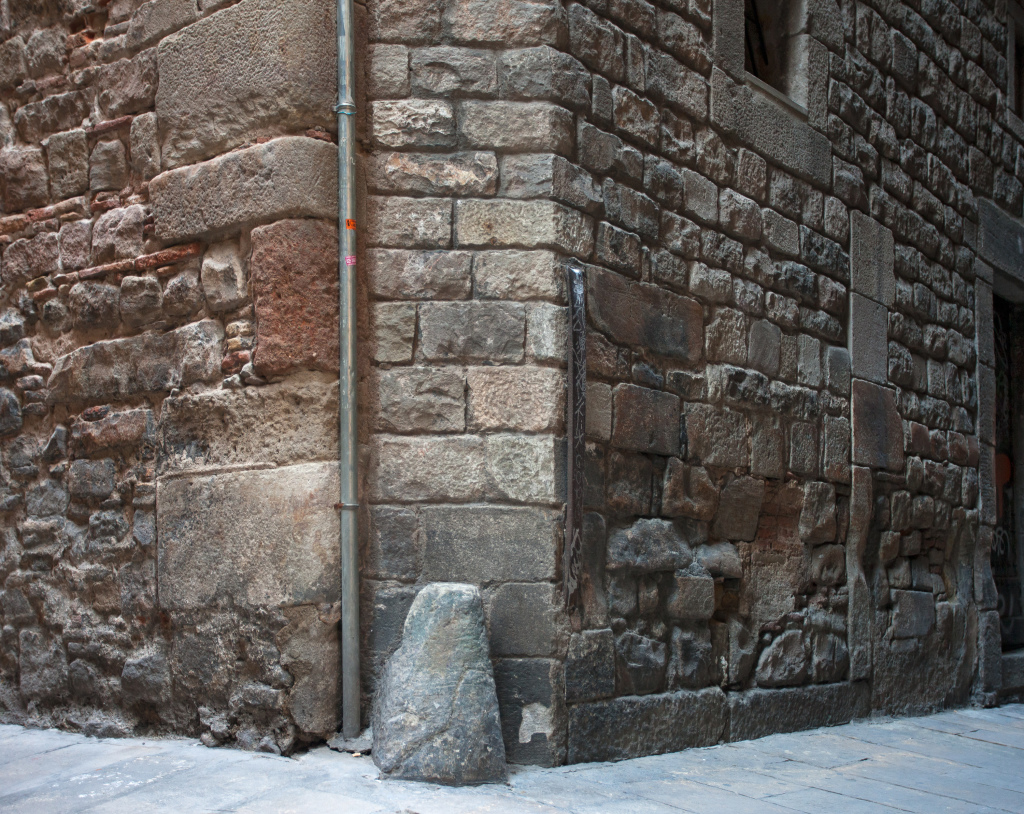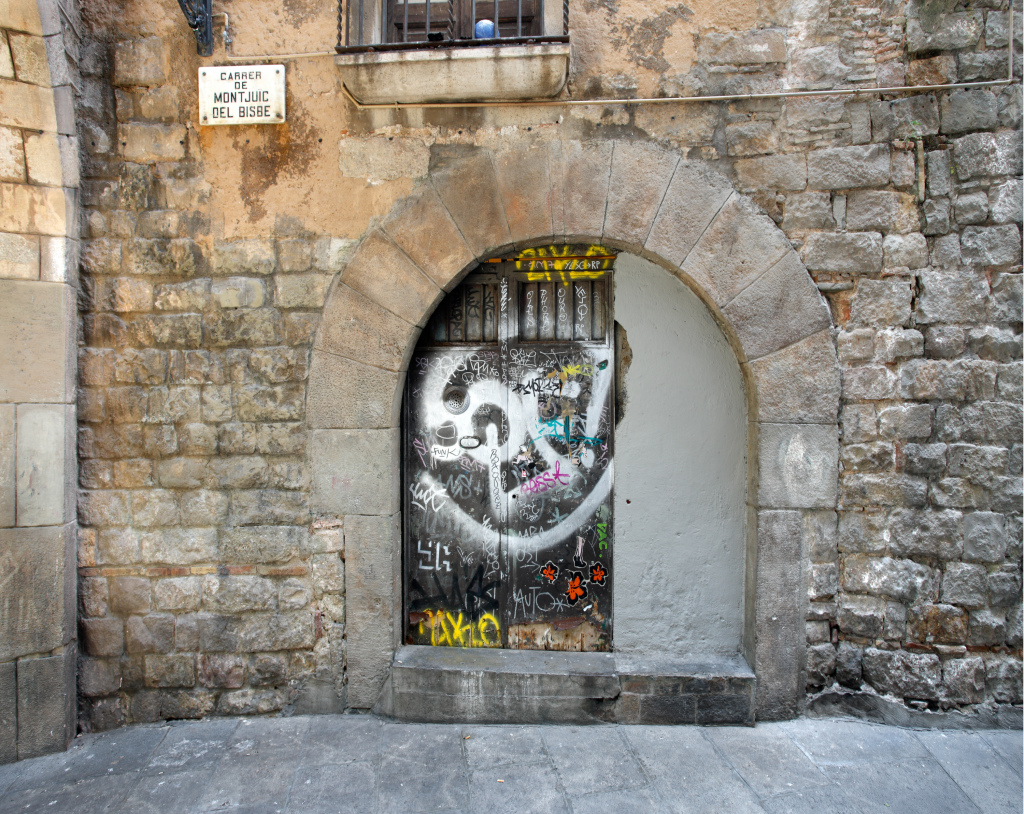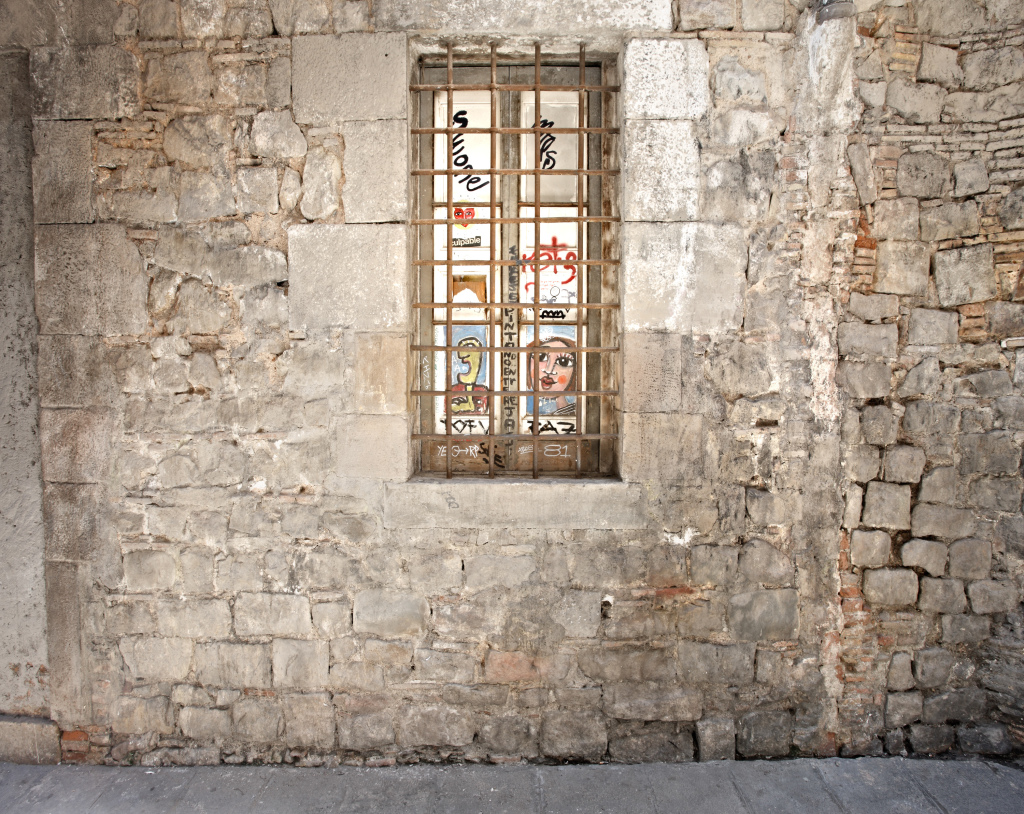


Officially Gothic
The Gothic Quarter is considered the center of the old city of Barcelona. Its administrative limits reach from the Mediterranean seafront to Ronda de Sant Pere, and from La Rambla to Via Laeitana. In spite of its name it is far from exclusively gothic, nor is it the only area that contains gothic structures. The area was defined in its present form during a major urban renovation in the first third of the 20th century. City planners believed in a need to “open up” the area to rejuvenate the larger downtown, following what was already established by the Pla Cerdà (1859). Via Laietana was cut through the North Eastern section all the way to the seafront and was built up in a contemporary style reminiscent of Chicago architecture. In the process, the same architects involved were also commissioned to reassemble dismantled Gothic structures into the area now known as the Gothic quarter. By this stroke of partial reorganization, one area was made “officially Gothic” while other areas were split off without that designation.
Some structures were taken down and reassembled in exact original form nearby, some were pieced together as new ones using original elements, and some were completely invented using new materials; the latter often look more “authentic” than the older ones. This process of destruction/construction also unearthed pre-gothic and Roman remains, some of which were made accessible to the public. Additions such as traffic and commercial signage, air conditioners, graffiti, are signs of a more recent history.
The Gothic quarter is therefore a very unique and well arranged collage of time periods rather than a concentration of purity, as implied in the tourist literature. Once it is understood that the area is partially reconstructed, every physical element plays its role in the piece, as in a film set or theme park. The area is not only a layering of time periods, but a collection of re-interpretations. It becomes a kind of puzzle which causes a questioning of authenticity and the linear continuity of history.
Andrea Robbins and Max Becher 2008
